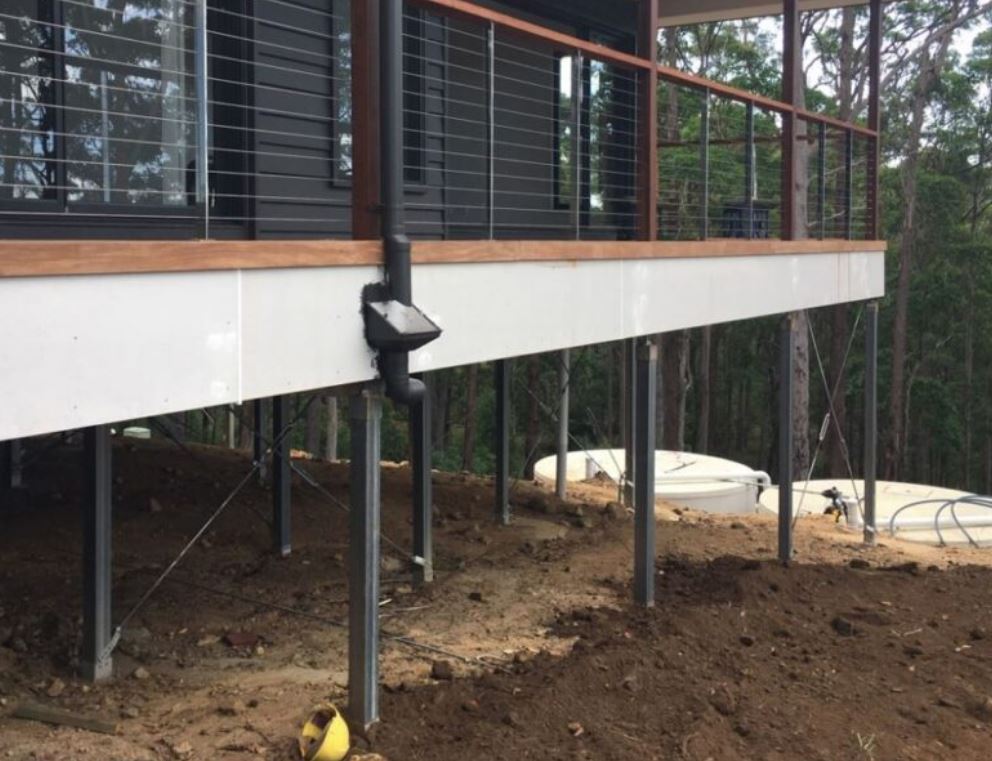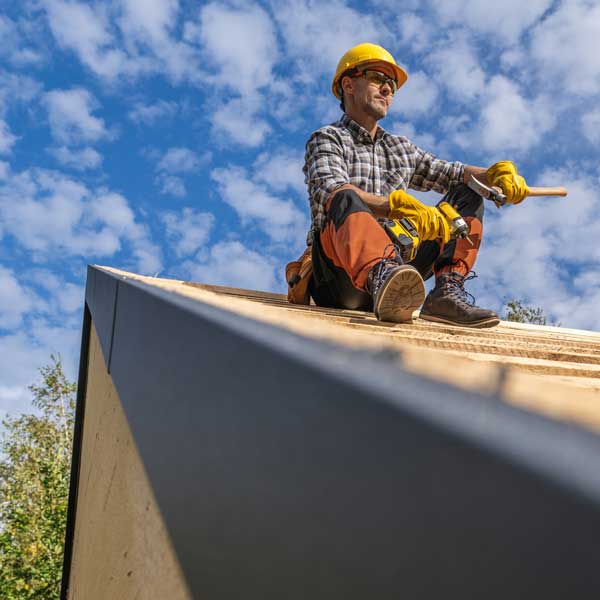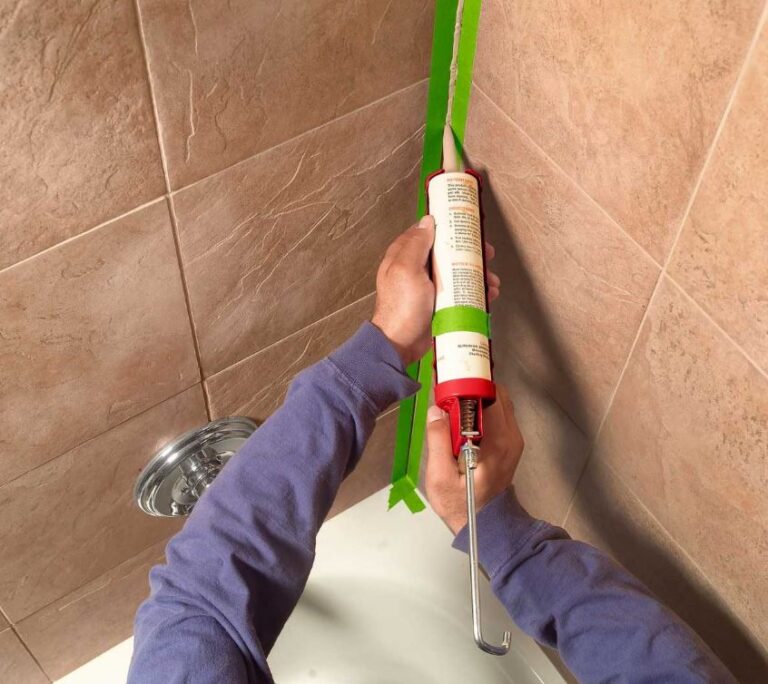Professional Tips and Techniques for Effective Restumping
Restumping is a crucial process for maintaining the structural integrity of a house, especially in older homes where the original stumps (or stumps) may have deteriorated over time. Whether due to soil movement, moisture damage, or termite infestation, failing to address unstable stumps can lead to serious structural issues, including uneven floors, cracked walls, and even safety hazards.
If you’re considering restumping your home, it’s essential to approach the task with the right knowledge and techniques. In this guide, we’ll explore professional tips and best practices to ensure an effective and long-lasting restumping job.
What Is Restumping?
Restumping (also known as reblocking) involves replacing or repairing the existing stumps that support a house’s foundation. Stumps are typically made of timber, concrete, or steel and bear the weight of the entire structure. Over time, these supports can weaken due to:
- Soil movement (expansion and contraction)
- Moisture damage (rot in timber stumps)
- Termite infestation (common in wooden stumps)
- Natural wear and tear (especially in older homes)
When these issues arise, restumping becomes necessary to prevent further damage and ensure the stability of the building.
Signs Your House Needs Restumping
Before diving into the restumping process, it’s important to recognize the warning signs that indicate your home may need this repair:
- Uneven or Sagging Floors – If your floors slope or feel bouncy, it could mean the stumps are failing.
- Cracks in Walls and Ceilings – Structural shifts often cause visible cracks.
- Doors and Windows That Stick – Misalignment due to foundation movement can make doors and windows hard to open.
- Visible Damage to Stumps – Check for rot, termite damage, or cracks in concrete stumps.
- Gaps Between Floor and Skirting Boards – This suggests the house is settling unevenly.
If you notice any of these signs, consult a professional to assess whether restumping is necessary.
Professional Tips for Effective Restumping
1. Choose the Right Material for New Stumps
The material you select for your new stumps will impact longevity and durability. Here are the most common options:
- Concrete Stumps – Highly durable, resistant to rot and termites, and ideal for most soil types.
- Steel Stumps – Strong and long-lasting, but more expensive; best for areas with high moisture or termite risk.
- Treated Timber Stumps – A cost-effective option, but requires chemical treatment to resist pests and decay.
Pro Tip: Concrete and steel are the most recommended due to their resilience, especially in areas with unstable soil.
2. Hire a Licensed and Experienced Contractor
Restumping is not a DIY job—it requires expertise to ensure the house is lifted and supported correctly. When hiring a contractor:
- Check their license and insurance.
- Read reviews and ask for references.
- Get multiple quotes to compare pricing and services.
Pro Tip: A reputable contractor will conduct a thorough inspection before providing a quote.
3. Assess Soil Conditions Before Restumping
Soil type plays a major role in stump stability. Expansive clay soils, for example, shift with moisture changes, which can affect new stumps if not properly accounted for. A geotechnical engineer can assess:
- Soil composition
- Drainage issues
- Potential for future movement
Pro Tip: Proper drainage around the house helps prevent future stump movement.
4. Lift the House Gradually and Evenly
When replacing stumps, the house must be lifted carefully to avoid structural damage. Professionals use hydraulic jacks to raise the home in small increments, ensuring even distribution of weight.
Pro Tip: Sudden or uneven lifting can cause cracks in walls and ceilings—always leave this to professionals.
5. Ensure Proper Alignment and Leveling
After installing new stumps, the house must be perfectly leveled. Contractors use laser levels and other tools to ensure:
- Floors are even.
- Doors and windows align correctly.
- No unnecessary stress is placed on the structure.
Pro Tip: Minor adjustments may be needed over time as the house settles.
6. Consider Additional Reinforcement
In some cases, adding extra support can enhance stability:
- Steel Beams – For additional load-bearing support.
- Concrete Piers – For homes in highly reactive soil areas.
- Damp-Proofing – To prevent moisture damage to new stumps.
Pro Tip: Discuss reinforcement options with your contractor based on your home’s specific needs.
7. Check for Related Repairs
Restumping often reveals other issues, such as:
- Subfloor Ventilation Problems – Poor airflow can lead to moisture buildup.
- Termite Damage – If left untreated, termites can attack new stumps.
- Plumbing or Electrical Work – Pipes and wiring may need adjustments after lifting the house.
Pro Tip: Address these issues simultaneously to avoid future complications.
8. Obtain Necessary Permits
Depending on your location, restumping may require council approval or building permits. A professional contractor will handle this, but it’s good to confirm before work begins.
Pro Tip: Skipping permits can lead to legal issues and problems when selling the house.
9. Monitor the House After Restumping
Once the job is done, keep an eye out for:
- New cracks in walls.
- Doors/windows that start sticking again.
- Unusual noises (indicating movement).
Pro Tip: Schedule a follow-up inspection 6-12 months later to ensure everything remains stable.
DIY vs. Professional Restumping: Which Is Better?
While some homeowners consider DIY restumping to save money, this is a high-risk project that requires:
- Heavy machinery (jacks, supports).
- Structural engineering knowledge.
- Compliance with building codes.
Professional restumping is almost always the safer, more reliable choice. Mistakes can lead to severe structural damage, costing far more in repairs than hiring an expert initially.
Cost of Restumping: What to Expect
Restumping costs vary based on:
- House size (more stumps = higher cost).
- Stump material (steel is more expensive than concrete).
- Accessibility (tight spaces may increase labor costs).
- Additional repairs (termite treatment, plumbing adjustments).
Average Cost: 5,000−5,000−20,000 AUD, depending on the project scope.
Pro Tip: Get a detailed written quote to avoid hidden charges.
Final Thoughts
Restumping is a major but often necessary investment to preserve your home’s safety and value. By choosing the right materials, hiring experienced professionals, and ensuring proper soil and structural assessments, you can achieve a stable and long-lasting foundation.
If you suspect your home needs restumping, don’t delay—early intervention prevents more extensive (and expensive) damage down the line.






